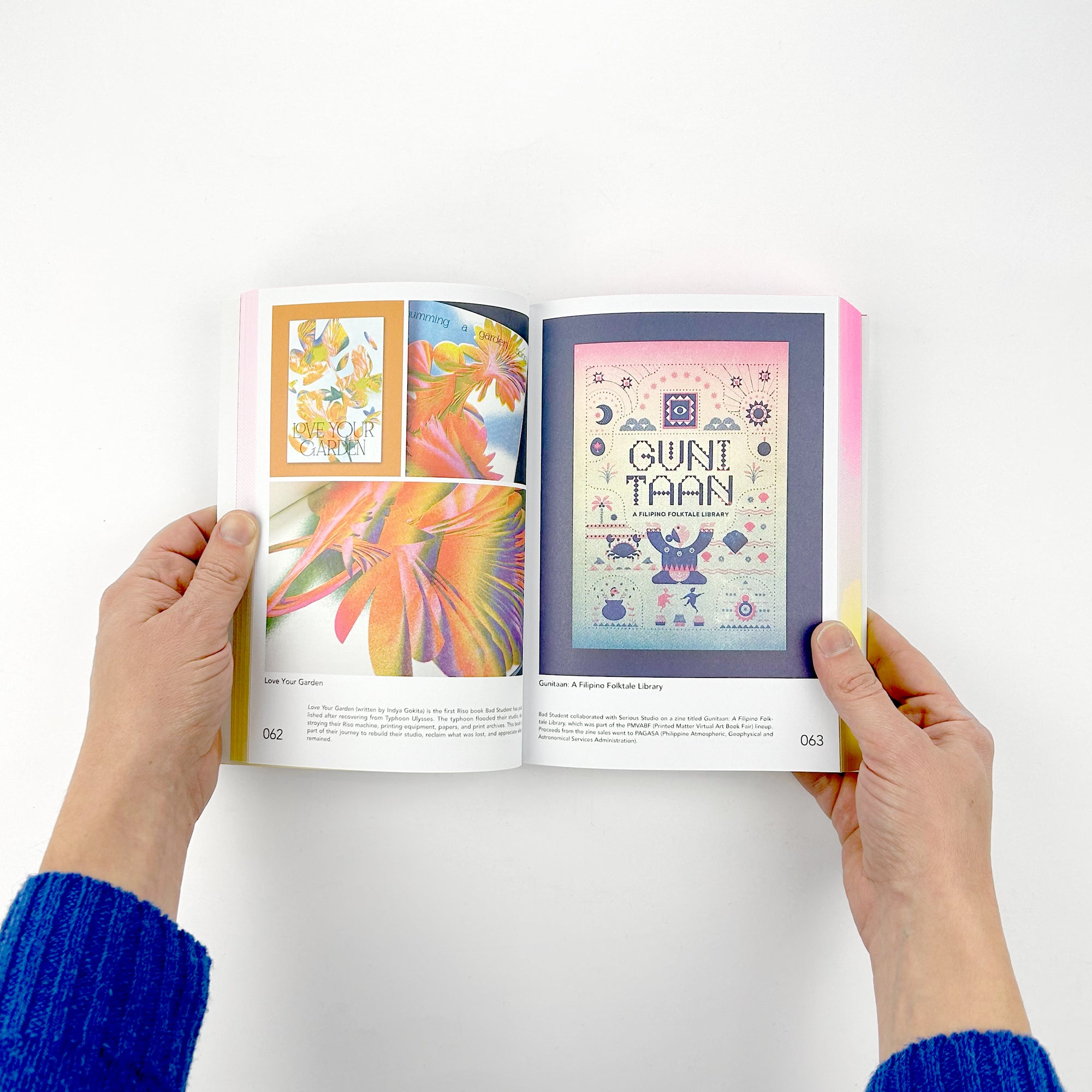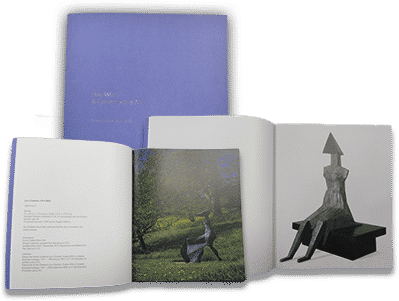Simple Methods to Select the Right Paper for Your art book
Simple Methods to Select the Right Paper for Your art book
Blog Article
Discover the Important Overview to Art Book Printing for Aspiring Artists and Publishers
As a hopeful artist or publisher, recognizing the nuances of art book printing is essential to bringing your vision to life. What are the vital components you should focus on to produce a stunning art book that genuinely represents your job?
Comprehending Different Kinds of Art Books
When you dive into the globe of art publications, you'll promptly uncover that they come in various kinds, each tailored to different creative expressions and target markets. Coffee table publications usually showcase stunning visuals, best for casual surfing, while monographs dive deep into a private musician's job, giving context and insights. If you want particular art movements, exhibition catalogs use detailed paperwork of programs, featuring essays and reviews.
For instructional functions, art guidebooks and technique publications assist you via numerous mediums and designs, making them crucial for striving musicians. Limited version or artist books obscure the lines between art and literature, usually integrating one-of-a-kind style elements or handmade attributes. Understanding these types helps you identify what reverberates with you and what might ideal fit your audience. Each style offers its objective, and understanding their differences can enhance your art book journey.
Picking the Right Paper and Materials
Choosing the appropriate paper and products can significantly influence the general top quality and feeling of your art book. Start by considering the type of art work you have. For vibrant shades and intricate details, select a shiny finish or a heavyweight matte paper that boosts visual depth. If your job features softer tones or appearances, an all-natural or uncoated paper can supply a cozy, inviting touch.
Assume regarding the weight of the paper, also. Thicker options typically lend a more expert appearance, while lighter documents can reduce printing expenses. Don't ignore the binding products; a tough cover can secure your pages and add to guide's visual.
Lastly, take into consideration sustainability. Environment-friendly alternatives are gaining appeal and can mirror your values as a musician. By thoroughly picking your paper and materials, you'll guarantee that your art book not just looks fantastic but likewise feels special in the hands of your viewers.

Selecting the very best Printing Methods
When it involves printing your art book, choosing between balanced out and digital printing can greatly affect your end product. You'll also want to take into consideration just how paper quality affects the overall look of your artwork. Let's check out these key printing strategies to find the ideal suitable for your job.
Countered vs. Digital Printing
While both balanced out and digital printing have their benefits, choosing the right strategy for your art book can greatly affect the last item. Balanced out printing offers top notch photos and lively colors, making it optimal for bigger print runs. Ultimately, your choice ought to line up with your creative vision and circulation method, making sure that your art book reflects the high quality you desire.
Paper Quality Considerations
Choosing the right paper top quality can greatly enhance the visual charm and tactile experience of your art book. For prints, a shiny coating can make images pop, while a matte finish provides a softer, extra refined look.
Following, think of the sustainability of your selection. Environmentally friendly choices are becoming increasingly prominent and can attract environmentally-conscious visitors. Request examples to see just how various documents work with your artwork, making sure the last product reflects your vision flawlessly.
Guaranteeing Shade Accuracy in Your Prints
To attain spectacular prints, you need to focus on color precision from the beginning. You'll want to utilize shade calibration methods to validate your screen and printer remain in sync. Furthermore, proofing your work prior to the last print run can aid catch any discrepancies, guaranteeing your art looks just go to this website as you pictured.
Shade Calibration Techniques
Assuring shade accuracy in your prints starts with reliable color calibration methods that assist keep consistency between your electronic photos and final published products. First, adjust your monitor utilizing hardware calibration tools to achieve the very best color representation. This validates that what you see on-screen suits what obtains published. Next off, choose a color account fit for your printing procedure, like CMYK for print products. Frequently inspect your printer's setups and maintain it to avoid color changes. It's additionally important to utilize top quality paper that matches your inks, as different surfaces can substantially affect color outcome. By consistently applying these methods, you'll enhance the general top quality of your art prints and far better share your creative vision.
Proofing for Accuracy
While you might think your electronic pictures await print, proofing is crucial for attaining color accuracy. Prior to dedicating to a complete print run, always request an evidence from your printer. This allows you to see how shades convert from display to paper. Compare the proof with your adjusted screen to spot any disparities. Take notice of saturation, brightness, and color, as these factors can considerably affect your end product.
If changes are required, connect plainly with your printer regarding your desired results. Don't wait to request several proofs if needed; it deserves the financial investment to obtain it right. Inevitably, complete proofing warranties that your artwork is represented as you imagined it, preserving your artistic stability throughout the printing process.

Creating Layouts That Enhance Your Artwork
When you make layouts for your art book, it's necessary to ponder how each element connects with your artwork. Go for an equilibrium between visuals and text, ensuring neither overshadows the various other. Use white room tactically; it gives your artwork area to breathe and attracts interest to its information.
Think about the circulation of your book. Set up photos in a way that overviews the visitor's eye, creating a narrative or thematic development. art book. Differ the sizes and alignments of your art work to keep the format dynamic and intriguing
Select typefaces that match your art work without distracting from it. Maintain text succinct and pertinent, giving context or understanding that enhances the audience's experience.
Finally, test different designs. Print examples to see how the designs convert theoretically, and readjust as needed. By attentively creating your designs, you'll develop a visually engaging art book that reverberates with your target market.
Binding Choices for a Specialist End Up
Picking the right binding option can significantly impact the general discussion of your art book. You'll want to think about both aesthetics and toughness when making your option. Popular choices consist of excellent binding, which uses a streamlined appearance and is perfect for thicker publications; saddle sewing, suitable for smaller booklets; and spiral binding, which best site allows web pages to lay level for very easy watching.
If you're going for a premium feel, case binding is a superb option, offering a durable cover and a specialist appearance (art book). Don't ignore the cover product; options like fabric, leather, or a shiny surface can elevate your book's appeal
Whatever alternative you choose, make sure it complements your art work and improves the reader's experience. Take your time to weigh the benefits and drawbacks of each technique, so your last item shows the high quality of your innovative vision.
Preparing Your Apply For Publish Readiness
To ensure your art book is print-ready, you'll require to pay close focus to file prep work. Begin by setting your record size to match your preferred print measurements.
Take into consideration developing an evidence to evaluate before the last print run. click here for more Adhering to these steps will certainly aid you accomplish a refined, expert art book.
Regularly Asked Concerns
What Is the Average Expense of Printing an Art Book?
The average expense of publishing an art book differs, but you can expect to pay anywhere from $5 to $20 per copy, depending on aspects like size, paper top quality, and printing quantity.
Just How Can I Discover a Reliable Printing Firm?
To find a reliable printing firm, beginning by researching on-line testimonials and asking other artists for suggestions. Compare quotes, check profiles, and interact your demands plainly to assure they comprehend your vision and top quality expectations.
What Is the Common Turnaround Time for Printing?
The normal turn-around time for printing differs yet generally varies from one to 4 weeks. Factors like job complexity and quantity can influence this. Constantly validate with your selected printer for details timelines and assumptions.
Can I Print My Art Book in Limited Quantities?
Yes, you can absolutely publish your art book in limited quantities. Lots of printing firms supply short-run choices, permitting you to create just the number you require, making it less complicated to manage costs and stock.
What Lawful Considerations Should I Know for My Art Book?
You must take into consideration copyright, licensing arrangements, and model releases when creating your art book. Make sure you can make use of all pictures and message, securing yourself from prospective lawful concerns later on.
Report this page